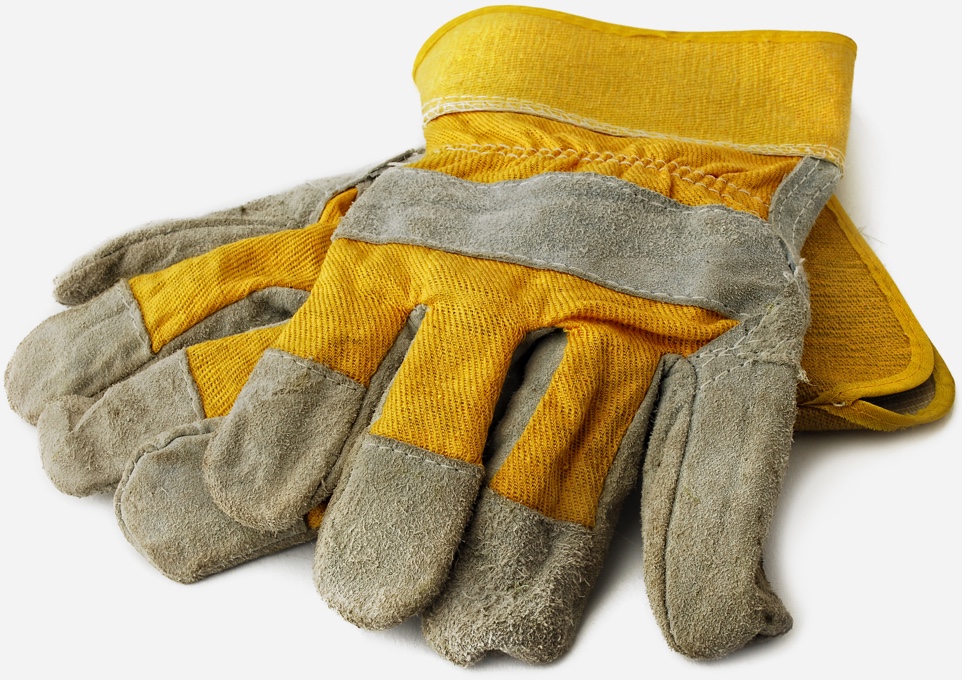Soil Preparation
Clear the site of all building materials, rocks, stones, grass and weeds or other debris that is larger than 2 inches in diameter.
Rough Grade
Rough Grade the entire area to eliminate any drainage problems on the property. This would include sloping the grade away from building foundations, eliminating or reducing severe slopes and filling low-lying areas.
Initial Tilling
Initial tilling to a depth of at least 2 inches should be completed prior to adding any topsoil or soil amendments. This will control most annual weeds. Alleviate subsoil compaction, permit a bonding of the topsoil to the subsoil and improve root penetration as well as air exchange and water movement.
Add Topsoil
Add topsoil to achieve a total topsoil depth of 4-6 inches.
Test for Soil pH and Nutrients
Test for soil pH and nutrients to determine if any pH correcting materials or nutrients are required. Check with your local county extension office for testing supplies and directions.
Apply Fertilizer
Apply fertilizer to correct any deficiencies following the product’s recommended rate. To avoid root injury to new turfgrass, the fertilizer should be raked into the top 3-4 inches.
Finish Grade and Roll
Finish grade the entire site, maintaining the rough grading contours and slopes. Leave the soil 1 inch below abutting concrete surfaces and ¾ inch below abutting grass areas.
Roll the area with a lawn roller to firm and settle the surface. Low spots should be filled to match the surrounding grade surface.
Do not lay sod on top of existing grasses or weeds.
Schedule your sod delivery after you have completed your soil and site prep and are ready to install the sod. Prompt installation on the day of delivery is crucial.
